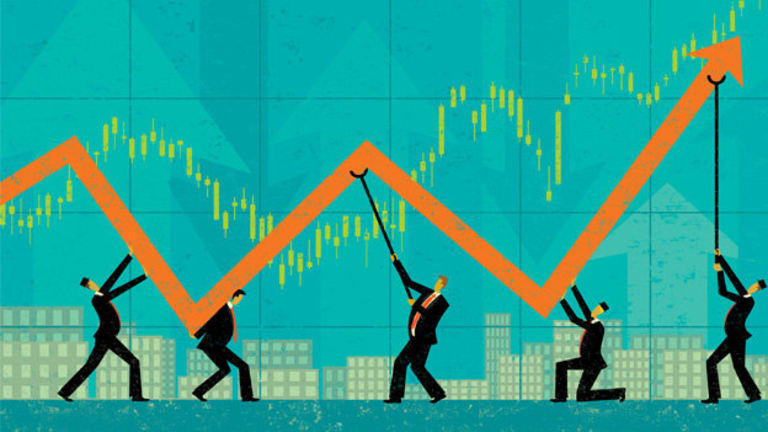
“Fortress Australia” opening its borders to international students and skilled workers
From 1st December onwards, around 160,000 international students and 50,000 skilled workers, as well as people on working holiday, refugee, humanitarian and certain family visas, will be permitted to enter Australia without a travel exemption, provided they are fully vaccinated. Businesses and universities in Sydney and Melbourne are bound to reap the economic benefits of this first wave of skilled workers and international students.
"The return of skilled workers and students to Australia is a major milestone in our pathway back, it's a major milestone about what Australians have been able to achieve and enable us to do," said Prime Minister Scott Morrison. He added that this development could happen because 85 percent of the country’s population aged over 16 was fully vaccinated.
Domestic travel restrictions still stand, however, and differ depending on the restrictions set by individual states. Western Australia has maintained one of the country’s hardest borders and has set a 90 percent vaccination rate before lifting restrictions on domestic and international travel, which is expected in late January or February. South Australia will however open its borders to vaccinated visitors from NSW, Victoria and the ACT from Tuesday, after months of closure.
The December changes do not extend to tourists wanting to visit Australia unless they are from Singapore, Japan, Korea and New Zealand. Australian Tourism Export Council Managing Director Peter Shelley said that NSW and Victoria stood to reap a massive advantage from the initial reopening, but the broader tourism sector would need the return of key markets such as the United States, United Kingdom, Europe and China in order to recover.
"We are working on a figure of 200,000, it may well be more than that but we will be actively looking to bring as many people into Australia as soon as we possibly can,” affirmed Home Affairs Minister Karen Andrews.
Migration rates had fallen sharply when the border was closed to everyone except Australian citizens and permanent residents in March last year in response to the emerging pandemic. Almost two years later, many industries are reporting a shortage of workers, with public infrastructure projects at risk.
Treasurer Josh Frydenberg pointed out that more migration would definitely accelerate the economic recovery from the pandemic. "Both skilled workers and international students play an essential role in our economy. International students are worth some $40 billion to our economy. We know that there are workforce shortages out there and skilled workers can play a key part in meeting some of those shortages."
However, while the intentions and goals have been set out by key leaders of the Australian government to gain the maximum advantage, it remains to be seen how this process will pan out and whether state based inconsistencies in the visa protocol will hamper Australia’s reopening.














